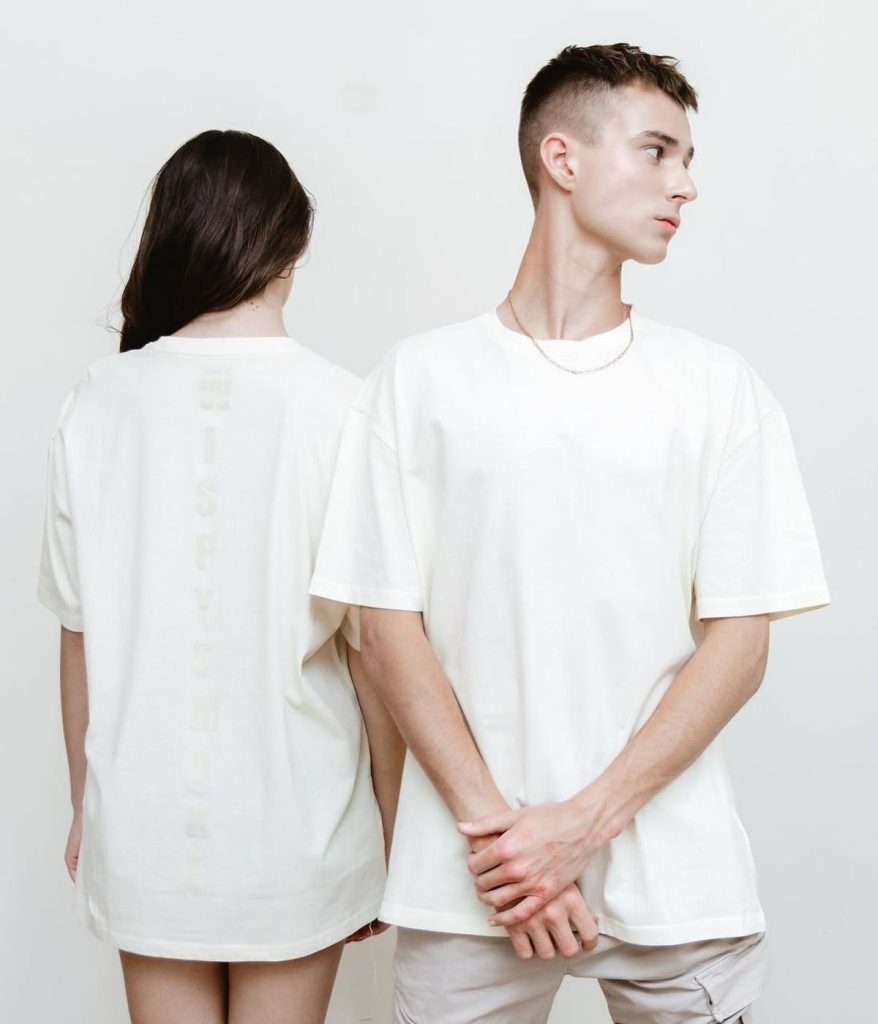Fashion has always been a reflection of human progress, tracing the rhythm of our desires, beliefs, and ambitions through the threads we wear. But as we enter a new decade, the relationship between fabric and future has evolved into something more profound—a symbiosis of creativity, technology, and consciousness. The phrase “Future in Fabric” captures this evolution perfectly. It speaks of an era where fashion is no longer confined to materials and silhouettes; instead, it has become a dynamic ecosystem of ideas, powered by innovation and guided by purpose.
We are witnessing a transformation that transcends aesthetics. In this new era, garments are more than coverings—they are stories, tools, and even technologies. Textiles can now adapt to the human body, respond to the environment, and communicate cultural narratives in unprecedented ways. Every seam represents intention, every fiber carries memory, and every collection tells a story of our times. Fashion is moving beyond the runway and into realms that merge sustainability, science, and soul.
As the industry redefines itself, designers, technologists, and consumers are collectively shaping the next chapter. The fusion of artificial intelligence, bioengineering, and ethical craftsmanship is giving rise to a renaissance where style meets science, and imagination leads innovation. The future is not something we anticipate—it is something we are weaving, thread by thread.
The Birth of Intelligent Textiles
The story of tomorrow’s fashion begins at the molecular level. Fabrics are no longer passive; they’re alive with potential. Intelligent textiles—often referred to as “smart fabrics”—are changing how we perceive the very foundation of clothing. Embedded with sensors, conductive fibers, and adaptive materials, these fabrics respond to their surroundings and to the wearer’s needs. They regulate temperature, measure biometrics, and even generate energy through movement.
Imagine a jacket that charges your phone through kinetic energy or a shirt that monitors heart rate and adjusts its breathability in real time. These are no longer science fiction concepts but tangible realities being crafted in design labs and fashion houses worldwide. The merging of fashion and technology has created a new discipline—fashion engineering—where aesthetics meets algorithm, and the result is transformative.
Designers are embracing these innovations not to replace traditional craftsmanship but to enhance it. The artistry of tailoring is now being infused with data-driven insights. Smart fabrics allow for both personalization and performance, bridging the gap between comfort and capability. The luxury of the future will not only be seen but felt—it will be intelligent, intuitive, and interactive.
The implications extend beyond fashion. In healthcare, adaptive garments monitor recovery; in sports, performance wear adjusts to movement efficiency; and in sustainability, self-cleaning or self-healing materials reduce waste. The future in fabric is not just wearable—it’s responsible.
Sustainability Reimagined Through Innovation
For decades, fashion has faced criticism for its environmental impact. Fast fashion, overproduction, and textile waste have placed immense strain on the planet. But a new wave of innovators is turning the problem into a platform for progress. Sustainability is no longer a marketing term—it’s the foundation of the industry’s reinvention.
Biotechnology is at the heart of this revolution. Lab-grown leather, plant-based fibers, and biodegradable dyes are redefining what eco-conscious fashion can achieve. Materials like mycelium (the root structure of mushrooms) are replacing animal hides, while algae-based textiles offer renewable alternatives to synthetic fabrics. These innovations merge scientific precision with creative storytelling, transforming sustainability into an act of artistry.
Circular fashion is another key aspect of this transformation. Instead of linear production—where garments are made, used, and discarded—designers are adopting closed-loop systems. Here, materials are designed for disassembly, reuse, or composting. A dress today could become a jacket tomorrow, a bag next year, and soil the year after. This fluidity echoes nature’s own cycles, where nothing is wasted and everything is repurposed.
Beyond materials, innovation is reshaping manufacturing. 3D printing and on-demand production minimize inventory waste, while digital pattern-making ensures accuracy and resource efficiency. Fashion houses are discovering that innovation and ethics are not opposites—they are partners. The most luxurious garments of the future will not boast rarity through exclusivity, but through responsibility.
This shift in mindset reflects a broader cultural awakening. Consumers are increasingly aligning their values with their wardrobes. Every purchase becomes an act of identity, an expression of both personal taste and planetary awareness. In this new paradigm, beauty and conscience are intertwined. The future of sustainability isn’t about sacrifice—it’s about synergy.
Digital Couture: The New Frontier of Expression
In a world where screens dominate our lives, fashion has expanded into the digital realm. Digital couture—a term once considered avant-garde—is now a flourishing industry where garments exist not as physical items but as virtual creations. Artists and designers are crafting digital garments for avatars, social media, and even metaverse environments, redefining what it means to dress in the 21st century



